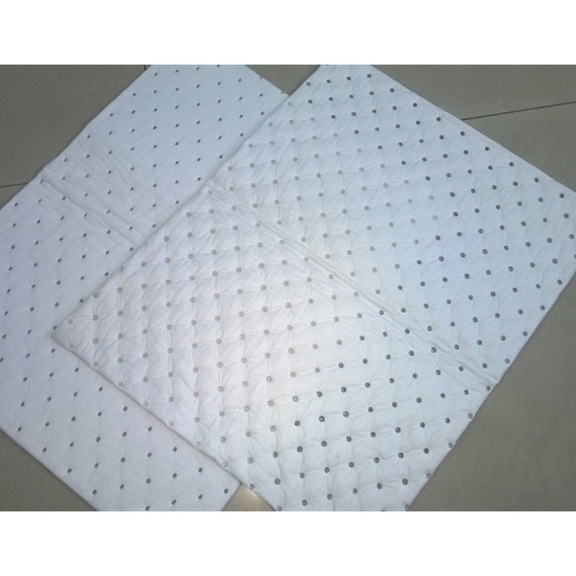What Do the Different Hazardous & Safety Signs Mean? - symbol for corrosion
The PAR shaped light bulb is recognized for its ability to emit a broad directional light. This bulb is mainly used for outdoor purposes due to its high light output, wide coverage, and durable reflector housing. PARs typically have a flat lens whereas BR bulbs have a rounded lens. Originally introduced as halogen bulbs, PARs are now commonly offered as energy efficient LED bulbs. For this installment of the Light Bulb Shape Guide we will be covering the PAR shaped bulb.
Bulb shape size
Similar to our previously mentioned light bulb shapes, bulb size can be determined by identifying the shape code. The shape code is made up of two variables. The first variable is the acronym “PAR” which stands for “Parabolic Aluminized Reflector,” the actual shape of the bulb. This type of bulb utilizes a parabolic ‘mirror’ in order to concentrate its light output into a beam angle. The second variable is a numerical value which represents the diameter from the widest point of the bulb measured in eighths of an inch. For example, if we divide a PAR16 by an eighth of an inch the diameter from the widest part of the bulb would equate to 2-inches. The following chart below covers the most common PAR shaped light bulb sizes and their respective diameters.
Since PAR lamps have so many variations of base types, there is no hard and fast rule as to which type of bulb is used for a particular application. Depending on the age and light fixture you have, the base could be one of several sizes so it is best practice to verify which type of base your fixture requires. The most commonly used base types include but are not limited to the GU10, GU24, and Medium E26 base. The chart below outlines some of the PAR lamps base types.
Flood LightBulb
Tough enoupg for daily regular use. Provide users with a durable absorbent for cleaning up petroleum based spills and leaks.
Lightbulb basesizes
With such a wide selection of PAR lamps, applications vary greatly, including theatrical lighting, museum lighting, track lighting and outdoor flood lighting. Not only is there a wide difference in shape, but there is a substantial range of lumen outputs tailored to different applications. A halogen PAR14 can operate on as little as 35-watts to produce 450 lumens while a PAR64 may operate on 1000-watts to produce 125,000 lumens. LED bulbs, on the other hand, use a fraction of the energy to produce the same amount of light as their halogen counterparts.
Here at 1000Bulbs.com, we don’t count the number of golf strokes it takes to make PAR but we do play a mean game of mini-golf. Be sure to share your thoughts and questions by commenting below. Stay in the loop or share your witty lighting jokes through our social media channels via, Facebook, Twitter, LinkedIn, and Pinterest. As always be sure to check back on our blog for weekly updates!
For specialty applications, a PAR lamp may feature a “long” or “short” in order to easily install into particular fixtures. For example the “long” neck version was introduced to replace BR30 bulbs in recessed cans where a standard PAR30 wouldn’t fit.










 13322766566
13322766566